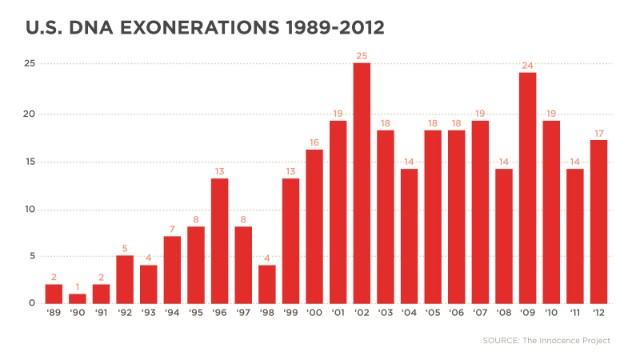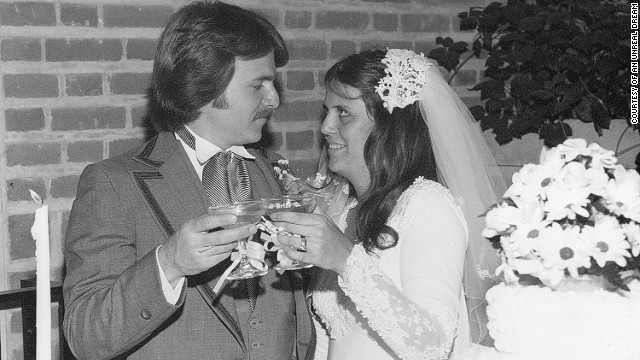Michael Morton served nearly 25 years for the murder of his wife, Christine, before a DNA test proved his innocence.
STORY HIGHLIGHTS
- Hundreds of convicted U.S. prisoners have been freed after DNA testing cleared their names
- Some of these prisoners faced the death penalty before they were exonerated
- Advances in testing of genetic material have opened door to further examination of cases
Editor's note: DNA evidence testing and support from the Innocence Project led to freedom for Michael Morton after nearly 25 years in prison. Watch CNN Films' documentary "An Unreal Dream: The Michael Morton Story," airing Sunday, December 8, at 9 p.m. ET/PT on CNN TV.
(CNN) -- During the past two decades, the Innocence Project and other advocates have been utilizing rapid advances in the scientific testing of genetic materials.
DNA testing of evidence in criminal cases has resulted in freedom for hundreds of prisoners across the United States who were wrongfully convicted.
Many of these prisoners spent years behind bars -- some even faced the death penalty -- for crimes they didn't commit.
Here are a few of the numbers behind these exonerations:




--Number of U.S. post-conviction DNA exonerations: 311
--Number of prisoners sentenced to death before DNA proved their innocence: 18
--Number of prisoners charged with capital crimes but not sentenced to death: 16
--Average length of sentence served by DNA exonerees:13.6 years
--Approximate total years served by all DNA exonerees:4,156

--Average age of exonerees at the time of their wrongful convictions: 27
--Percentage of prisoners exonerated by DNA testing who are people of color: 70%
Alan: 13.1% of the overall population is black.
Alan: 13.1% of the overall population is black.
--Percentage of DNA exoneration cases where the actual perpetrator has been identified by DNA testing: Almost 50%
--Number of DNA exonerees who pleaded guilty to crimes they didn't commit: 29
--Number of DNA exonerations that involved the Innocence Project: 171
--Year of the first Innocence Project DNA exoneration:1989
Note: Other exonerations were helped by Innocence Network organizations, private attorneys and by pro se defendants, according to the Innocence Project.
Source: InnocenceProject.org
